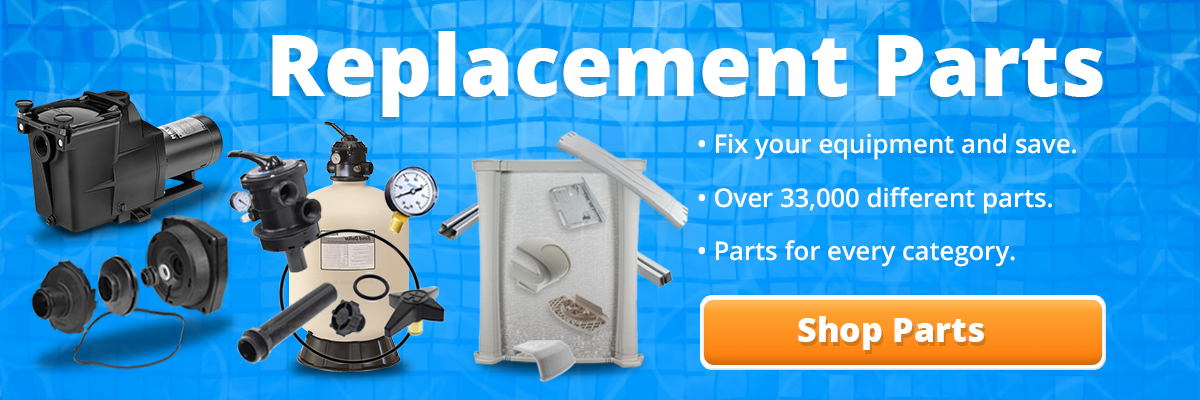This picture shows a common valve setting for this pool. The yellow "T" lines placed over each valve show the position of the valve handles. If the handle is placed so that the top of the "T" is across a pipe, that port is closed - as is the case for the pool cleaner and the spa drain. If the handle is placed with the top of the "T" running in line with the pipe, all ports are open. If the "T" is at an angle to the pipe, the valve is allowing partial flow through the port - as is the case with the pool drain. In this particular valve configuration water is flowing to the pump from the two skimmers and partially from the pool drain. Water from the spa drain and the pool cleaner is blocked. When the suction cleaner is used, the skimmer ports are shut off to provide more suction to the cleaner.


Bill Etherton Posted: 5/27/2019
Great job of pointing everything out that you need to think about when doing your set up.Reply
uyi Posted: 1/15/2018
please advise i want a pool and spa together but the spa heated and the pool cool. do i need two filter, pump etc?Reply
Anonymous Posted: 11/16/2017
you never said how to install the filter. You even said at the top that you were going to tell us the steps of INSTALLING THE FILTER!Reply
InyoPools Product Specialist Dennis R. Posted: 12/2/2016
M Barabi - I would consider the spa and pool as one body of water. Generally, the pool water flow through the spa as it circulates so the spa water isn't completely filtered until the pool water is filtered.Reply
M.Barabi Posted: 11/30/2016
I think turn-over rate in pool and spa is different. How is it possible to consider one filter and pump for both of them? Please clarify for better understanding.Reply
nhatz Posted: 7/4/2015
very nice info & helpful for me for my plan to have my own swimming pool in my backyardReply
JH Posted: 9/26/2012
This info was very detail and helpfulReply